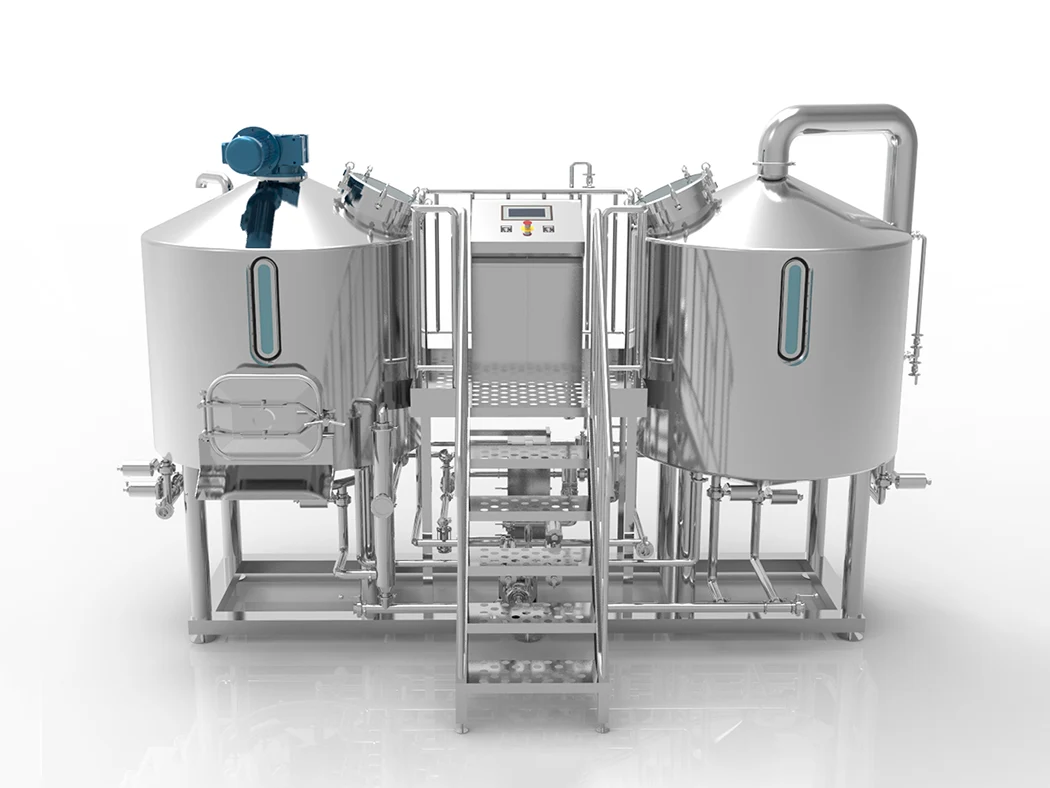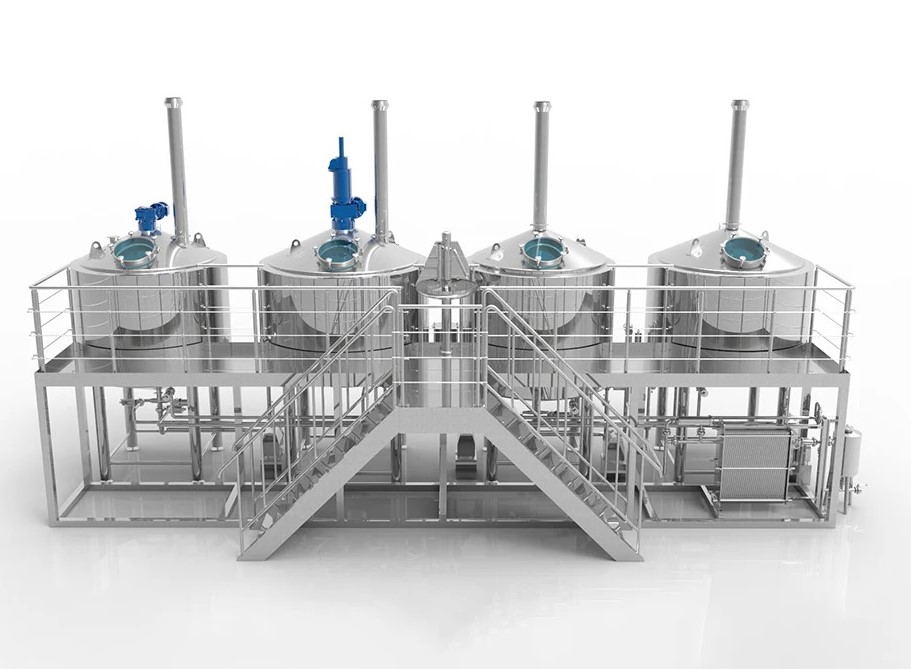If you’re considering starting a beer brewing business, selecting the appropriate brewery equipment is crucial. The worst scenario is ending up with brewing equipment that is inefficient and complicates the brewing process unnecessarily. In this article, we will explore some of the most in-demand brewing equipment available and how it can enhance your beer-making journey.
Étape 1 : Choisir à l'avance le meilleur fournisseur d'équipement de brasserie
Investing in high-quality brewing equipment is crucial to ensure that your beer tastes better. Before purchasing brewery equipment, it’s important to research and find the best value for your money. It’s essential to choose equipment that not only enhances the quality of your beer but also improves its taste.
Les systèmes de brasserie sont de formes et de tailles diverses, et le processus de conception et de construction peut prendre plus ou moins de temps. Il est donc nécessaire d'intégrer l'achat d'équipements de brasserie dans le formulaire de planification de la production au moins six mois avant l'ouverture de la brasserie.
When selecting a brewing equipment supplier, it’s essential to find one who can make brewing systems according to your specific needs and requirements. Quality and user experience are also vital factors to consider since you will be using the equipment for years to come.
Choosing the most suitable brewing equipment manufacturer can be a tedious process due to the variety of styles, configurations, and brewing techniques. Hence, it’s advisable to compare several brewery equipment suppliers before making a decision. Remember, buying the equipment is just the beginning, and labor-intensive manufacturing techniques require proficient knowledge and expertise from the manufacturer.
Étape 2 : Choisir la bonne taille de matériel de brassage
One of the first questions you’ll encounter when speaking with a brewing equipment supplier for the first time is which brewing system to choose. In this article, we’ll list the differences and setup costs for three types of breweries to help you make an informed decision.
To select the right brewing system, it’s essential to have a clear understanding of your brewery size and production goals. While established businesses may be aware of these factors, new businesses often overlook their importance when purchasing the brewing system that will meet their current and future needs.
Calculating a brewery’s annual production involves using the following formula: (brewhouse size) x (number of brews per week) x (50 weeks per year) = annual production. Understanding your production needs will help determine the appropriate brewing equipment size for your business.
Par exemple, un petit système de brasserie Nano peut suffire si vous envisagez de produire une quantité limitée de bière.
Dans un petit système de brasserie Nano
- Un système de 5 BBL x 2 brassins par semaine x 50 semaines = 500 BBL par an
- Un système de 5 BBL x 3 brassins par semaine x 50 semaines = 750 BBL par an
Dans un système de micro-brasserie de taille moyenne
- Un système de 10 BBL x 3 brasseries par semaine x 50 semaines = 1500 BBL par an
- Un système de 10 BBL x 6 brassins par semaine x 50 semaines = 3000 BBL par an
Dans un grand système de brassage commercial
- Un système de 30 BBL x 10 bières par semaine x 50 semaines = 15000 BBL par an
- Un système de 30 BBL x 15 brassins par semaine x 50 semaines = 22500 BBL par an
Once you’ve determined your target production volume, you can assess the brewery’s design maximum production efficiency based on that volume.
Par exemple, les nano-brasseries ou les systèmes pour brasseries ont généralement une capacité de 2 à 5 BBL et produisent de 200 à 750 barils par an. Les systèmes des brasseries artisanales, quant à eux, ont généralement une capacité de 10 à 15 BBL et produisent de 1 500 à 4 500 barils par an. Pour une échelle de brassage commerciale, un système de brassage de production complet doit avoir une capacité de 20 BBL ou plus et produire plus de 10 000 barils par an.
It’s crucial to keep in mind that different brewing systems represent various stages of a brewery’s development. Therefore, when designing a brewing system, it’s essential to ensure that the purchased system meets the brewery’s development needs for at least the next 5-10 years. A reputable supplier should provide you with various suggestions and configurations that fit within your budget.
SOLUTION POUR LES BRASSERIES
Le premier marché pour l'équipement de brasserie
Étape 3. Investir dans votre brasserie pour un retour sur investissement maximal
Every investment is personal, and the same holds true for the beer brewing industry. Therefore, it’s essential to select the appropriate equipment supplier and the right brewing equipment. The cost of brewing equipment is a significant factor in our ROI calculation. So, how much should we invest in brewing equipment?
Plusieurs facteurs influencent le prix du matériel de brassage, tels que
- Choix de plusieurs fournisseurs d'équipement à des fins de comparaison (voir l'étape 1)
- Sélection de la taille de l'équipement en fonction des objectifs de production (voir étape 2)
- Disponibilité d'une assistance technique suffisante de la part du fabricant
- Qualité des matériaux utilisés dans le processus de fabrication
- Prix d'achat de l'équipement dans les limites du budget
- Livraison et installation de l'ensemble du système
- Assistance après-vente
Cela vous semble-t-il compliqué ? Tout investissement réussi nécessite une communication et des calculs complexes. Nous prenons en compte tous ces aspects pour vous garantir un retour sur investissement élevé. Contactez-nous ici pour obtenir toutes les informations dont vous avez besoin.
Take your time to compare these costs against your planned business objectives. Micet Group’s brewing equipment can assist you in making the right choice. The least expensive equipment is not always the best investment. We need to consider the supplier’s design capability, service level, material quality, manufacturing process, delivery, technical after-sales support, total lifespan, overall capacity, and how much profit this capacity will generate when everything works at maximum productivity. These factors should provide you with a better understanding of what you can afford.




